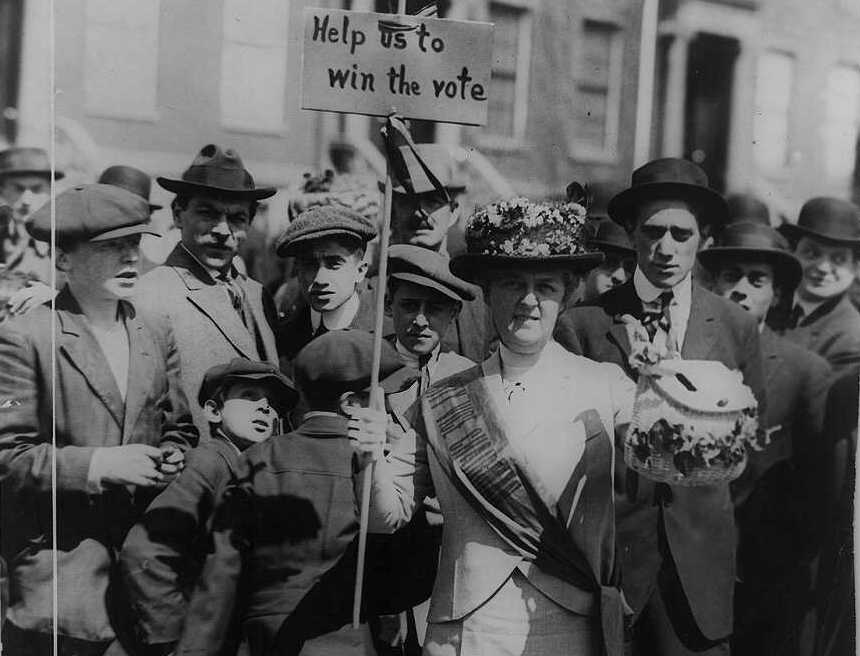The Women’s Suffrage Movement — the right to vote — took nearly 100 years before it was the law of the nation. In the 1820s and 1830s, men in most states could vote, regardless of whether they had property.
For many historians, the Seneca Falls Convention was the turning point for Women’s Suffrage. Elizabeth Cady Stanton, a leading women’s rights advocate, was a driving force of the Seneca Falls Convention. The Convention resulted in the “Declaration of Sentiments”:
“We hold these truths to be self-evident, that all men and women are created equal, that they are endowed by their creator with certain inalienable rights, that among these are life, liberty, and the pursuit of happiness.”
(Side note: While Susan B. Anthony is closely associated with the Women’s Suffrage Movement, she did not attend the Seneca Falls Convention.)
With that, women’s suffrage became a national issue. And, while the 19th Amendment was not ratified until August 18, 1920, several western states saw women’s suffrage as an opportunity to draw females to their states.
Wyoming Territory had over 6,000 adult males and only 1,000 females. For some politicians, there was a desire to populate the prairies — and that required women. So, motivated more by interest in free publicity than a commitment to gender equality, Wyoming territorial legislators passed a bill that granted women the right to vote.
In December 1869, Territorial Governor John Campbell signed the bill into law, making Wyoming the first territory or state in the United States to grant women this fundamental right of citizenship.

